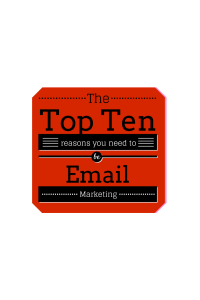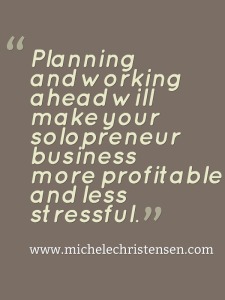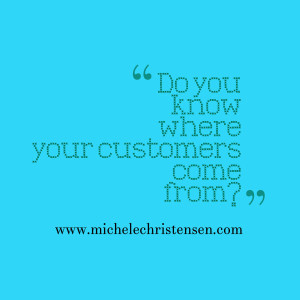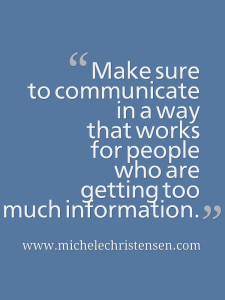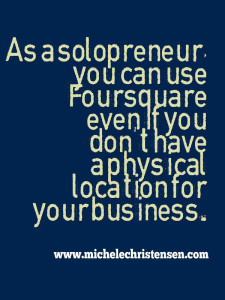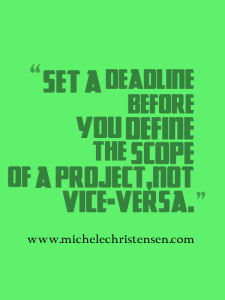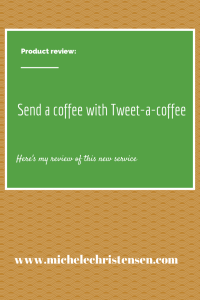 One of the principles I use a lot in my business is appreciation. I try to say thank you and be genuinely appreciative to people who have helped me in some way. In order to express this, I may write a review or send a social media post acknowledging the person. In March, I found a novel way of publicly thanking someone called Tweet-a-coffee. It allows you to send a $5 Starbucks gift card to someone simply by sending a specially-formatted tweet including the handle @tweetacoffee.
One of the principles I use a lot in my business is appreciation. I try to say thank you and be genuinely appreciative to people who have helped me in some way. In order to express this, I may write a review or send a social media post acknowledging the person. In March, I found a novel way of publicly thanking someone called Tweet-a-coffee. It allows you to send a $5 Starbucks gift card to someone simply by sending a specially-formatted tweet including the handle @tweetacoffee.

What I love about this service is that it is fun and novel. It’s a great, practical way to thank someone, send them a gift and acknowledge them in front of all your followers in one swoop. I’ve sent coffee gift cards via email before, but this has the added bonus of being a public acknowledgement. This service is perfect for solopreneurs because it leverages your time, i.e. you get multiple benefits out of the time it takes to send the tweet. It’s also easy to do once you have set up your Starbucks account and linked it to your Twitter account.
So, what’s not to love? I tried it twice, and in both cases the recipient thought it was some sort of virtual gift with no monetary value. I had to point out that it was a real gift card. Both of the recipients are intelligent business owners with whom I had collaborated so they weren’t the problem. I think this is just such a new idea that it’s not obvious that you could send a real gift via tweet. One of my recipients had trouble redeeming the gift card so we had to work that out.
The bottom line: Great idea, but things get a little bumpy between my sending a tweet and my recipient having a cup of coffee in hand. I’ll try it again, but I may give it some time and see if things go more smoothly next time. For more information, see the Twitter handle @tweetacoffee.
Like this post? Please consider using the social sharing buttons on this page to share it with your friends and followers.

